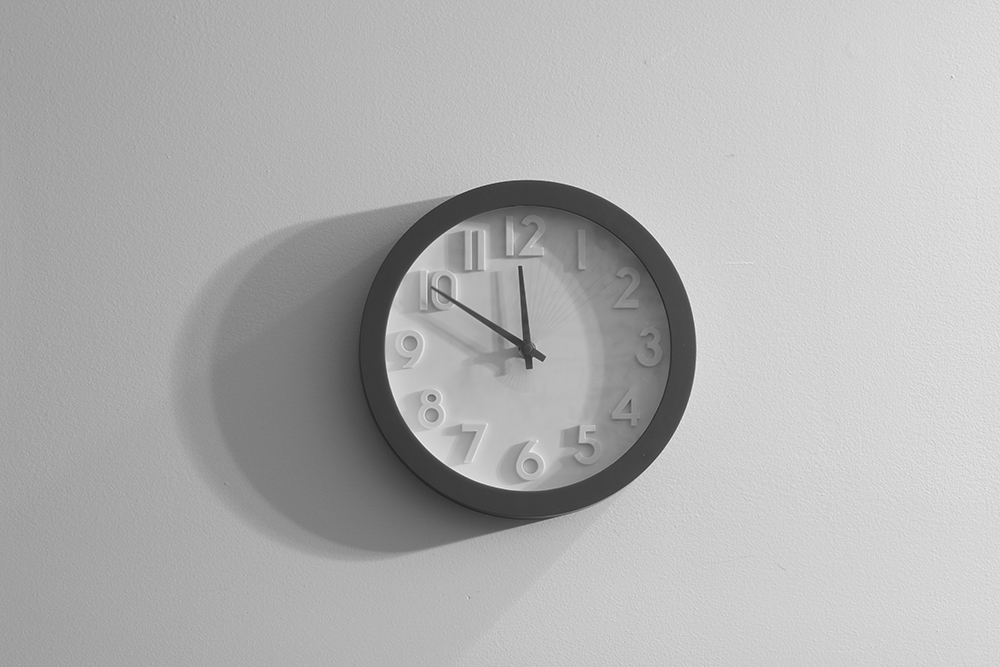 One of the primary reasons I quit my full-time, 8-5 job was not to earn more money or advertise my skills, it was to work fewer hours. So the question of how I could improve efficiency and complete five hours of standard work in two hours became important to me when switching to entirely freelance work.
One of the primary reasons I quit my full-time, 8-5 job was not to earn more money or advertise my skills, it was to work fewer hours. So the question of how I could improve efficiency and complete five hours of standard work in two hours became important to me when switching to entirely freelance work.
I realized while working full-time that many of the projects I was working on could be completed more efficiently if I did them my own way. If I eliminated the office—clocking in and out, daily commuting, unnecessary meetings, and many other office drudgeries—I could complete the same amount of work in a fraction of the time.
Efficiency while still creating a top quality product has become the motto of nearly all independent business owners. But it is not an easy task. There are a few pitfalls along the way. For those of you looking to improve your efficiency and decrease your work hours, here are a few guiding principles to help you get there.
Work when you are most focused
Most people have a time of day, an environment or maybe a location where they can most easily get into a distraction-free, focused work “zone.” For me it is typically mornings after I’ve had a cup of coffee—maybe at a local coffee shop or library away from home distractions. Even when on the road, this works best for me. Getting away from a distracting environment where other tasks are demanding attention helps you focus and put out better work faster.
The number of hours you work will matter too. I typically lose focus after about 4-6 hours and either stop working or switch to a less intensive task. And, of course, while you are focused limit invasive distractions like texts, phone calls, or email notifications. If your client is having a crisis, it can probably wait a few hours.
Outsource tasks you’re not good at (or don’t enjoy)
If you’re slow or you struggle with a task, it may be better to have someone else do it who is good at it. For example, you may feel you’re capable of designing and updating all your employees’ business cards (and you may be). But as employees come and go, this task will become time-consuming and take you away from more important tasks. For a small amount of money, you can outsource this to a graphic designer and get back to actual business management.
One caveat is if you believe you are going to use a skill long-term and want to become good at it. In this case it may be worth spending time to learn it, allowing yourself to work inefficiently for a period of time while you get better at the skill.
Prioritize quality above efficiency
This may sound counterintuitive in an article promoting efficiency, but your client is purchasing quality, not efficiency. If your focus on efficiency starts to diminish your product’s quality, ease off. You may not have any clients—or your clients may not want to pay as much—if efficiency is your only focus.
Use time-saving programs and tools
There are thousands of these, and many of them want your money. But here are a few that I use and recommend.
Wave:
This free invoicing software is incredibly helpful when trying to keep track of who has paid me and who still owes me. It automatically notifies your client (and you) when an invoice is overdue, allows you to save clients and projects for future use, tracks spending, and so much more.
Later, Hootsuite, or another scheduling app:
These programs allow you to schedule social media posts ahead of time and will automatically post them at the scheduled time. Working on social media posts all at once instead of one at a time can speed up this process and make it much less of a drag.
Dropbox and/or Google Drive:
If you aren’t using a cloud-based program to store your files, you need to change that immediately. Losing large amounts of information because of damaged hardware or negligence can mean unnecessary stress, wasted time, and potentially lost clients.
Toggl:
This app has several uses, but the primary one that I find beneficial is time tracking. It allows you to track the amount of time you spend on each project (or how much time you spend away from projects). At $8/month per user for small teams, it is affordable and comes with project planning software and skills testing software (for hiring) as well.
Screenflow:
This app simplifies the video editing process. Videos make up a major portion of online marketing nowadays, and editing a video can be tedious. Using this program will speed up the process and reduce the necessity of learning complicated software.
Note: It does have many overlaps with Adobe software such as Premiere and Premiere Rush, so if you have a subscription to Adobe and are comfortable with it, this may not be necessary.
Asana (or a similar project management tool such as Monday.com or Trello):
If you work in a project-based environment—and especially if you are working with others to complete these projects—organizing all your communication and tasks into one location will speed up your workflow. Improved communication will mean less searching through emails, fewer errors and reworked projects, and a faster, higher quality final product.

